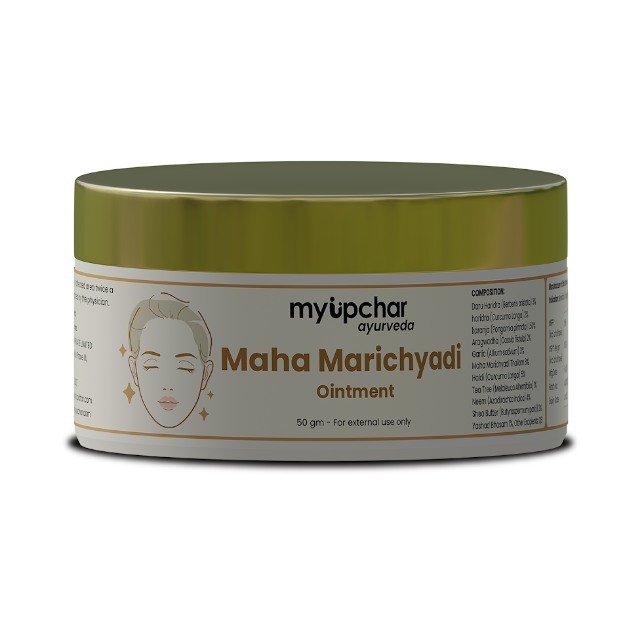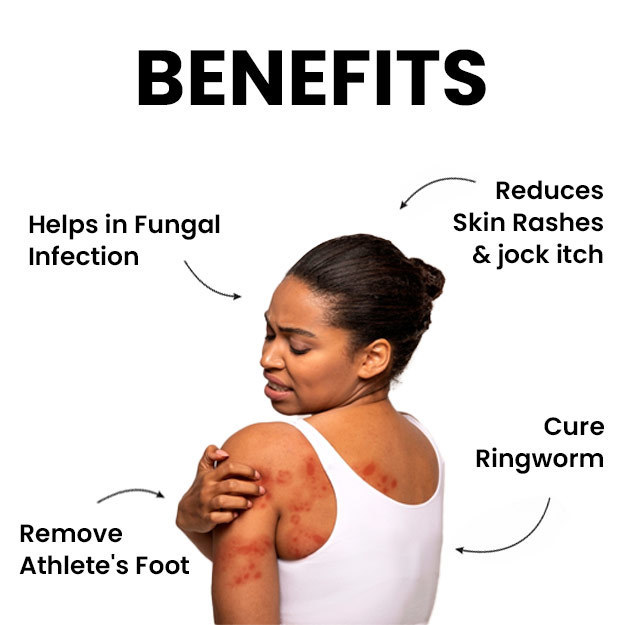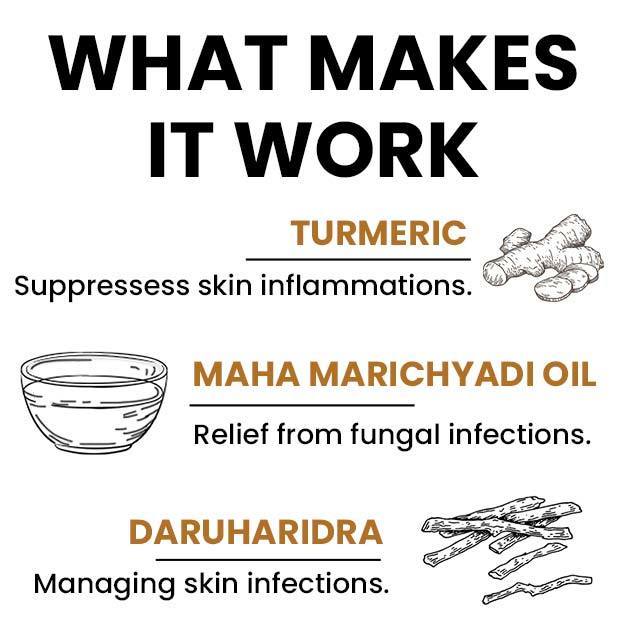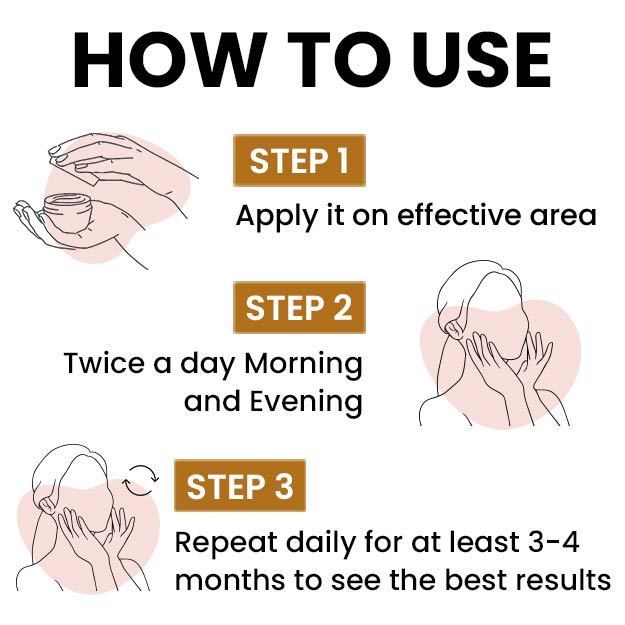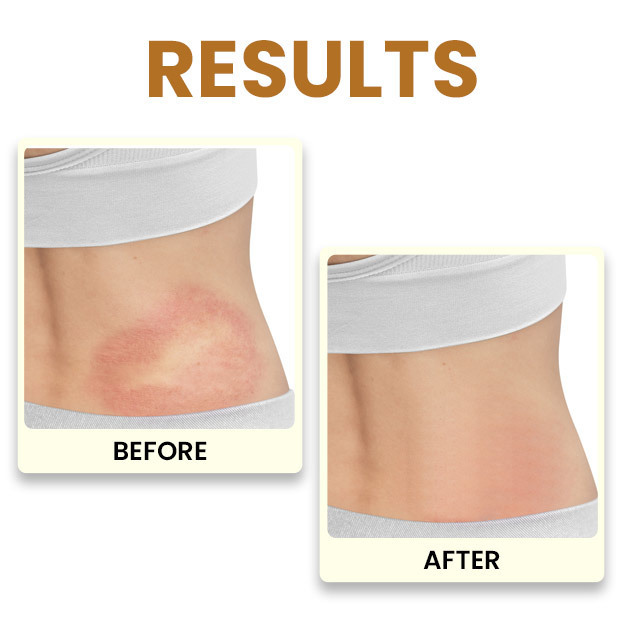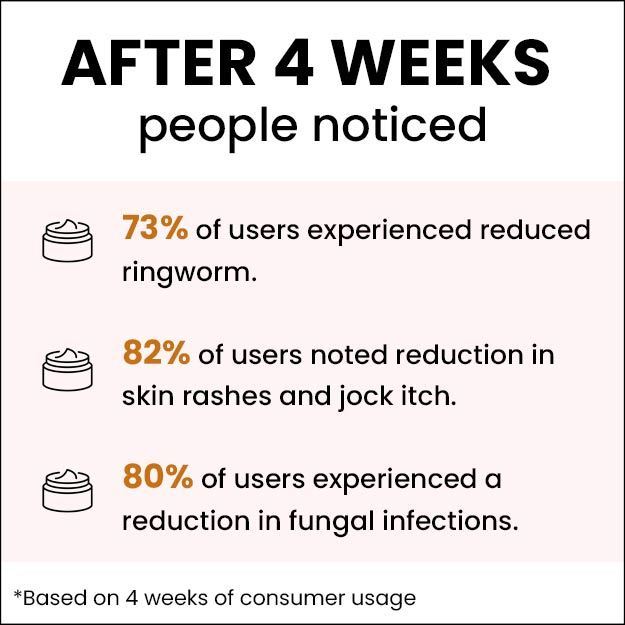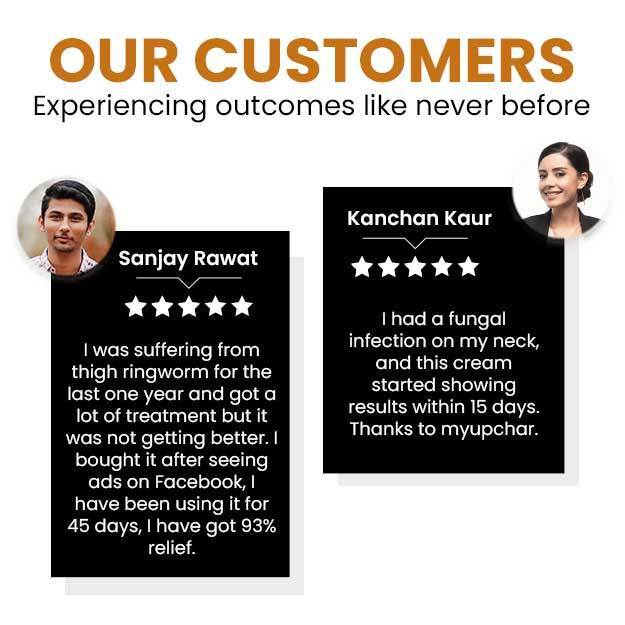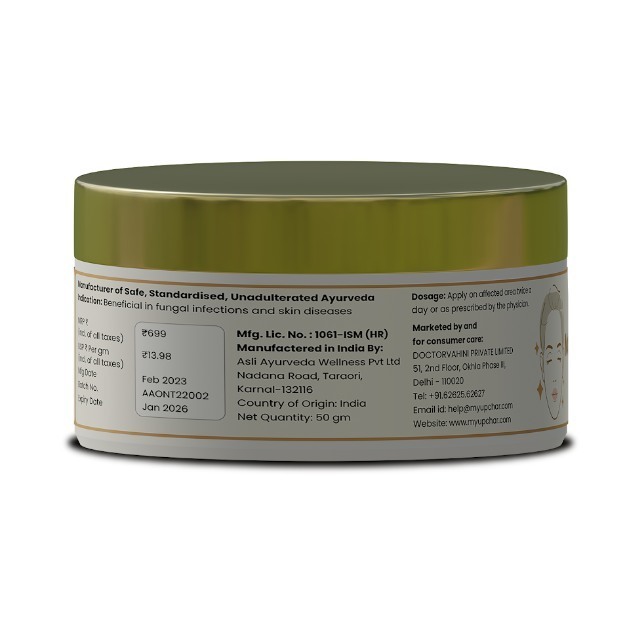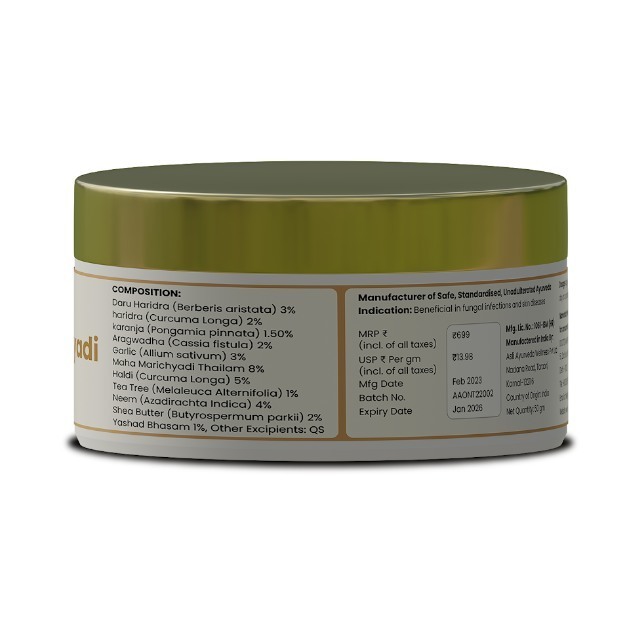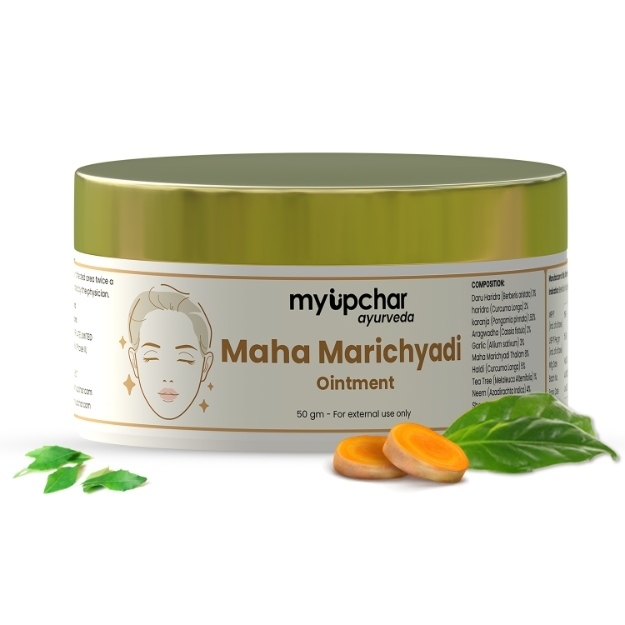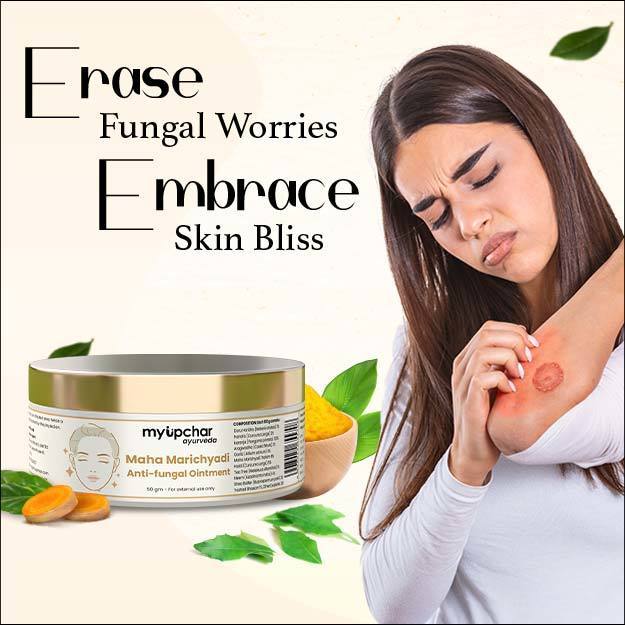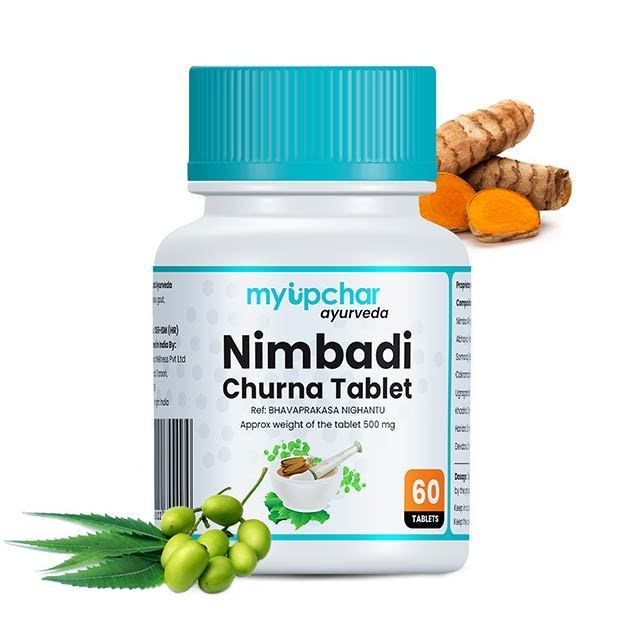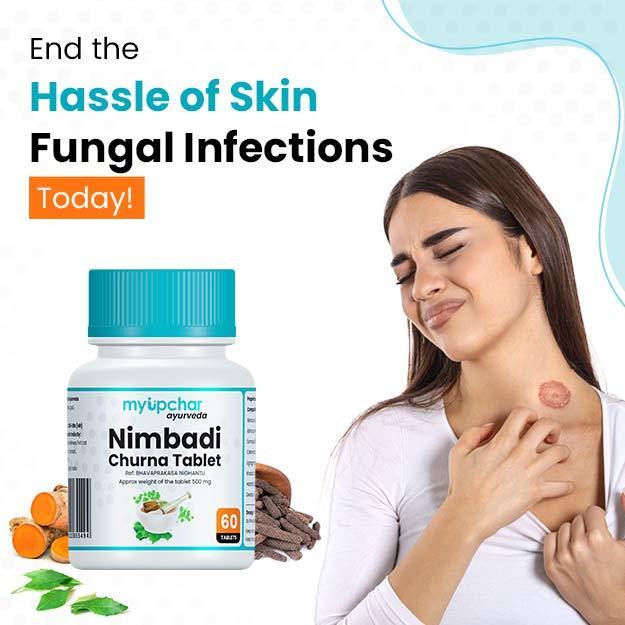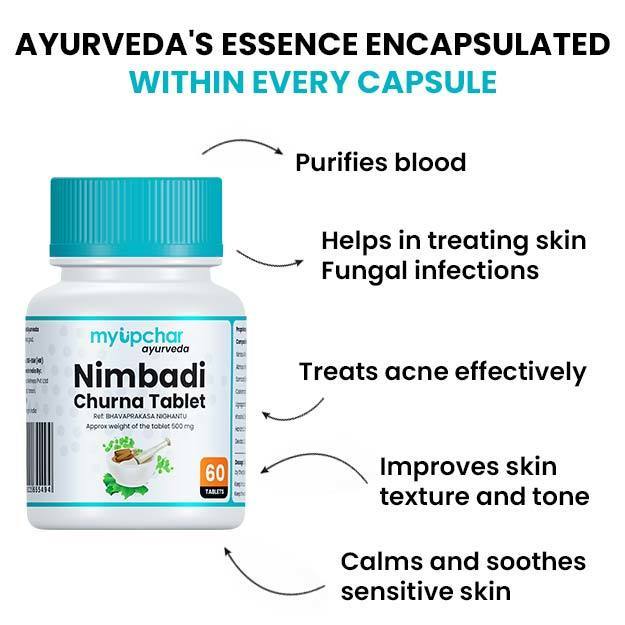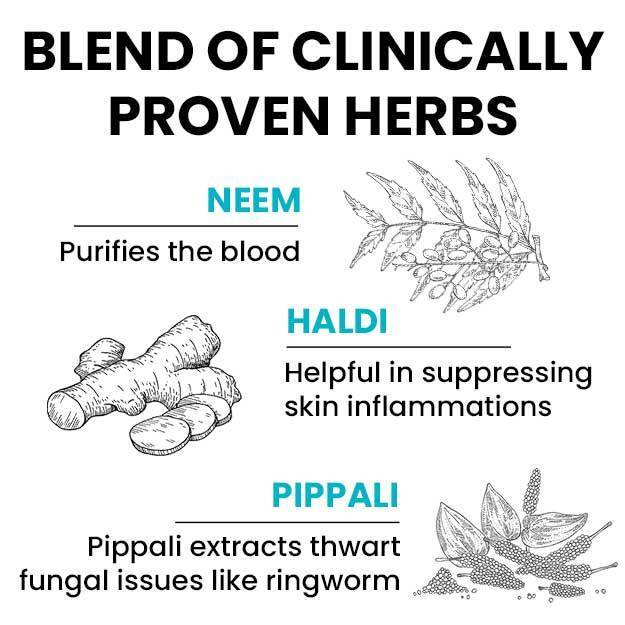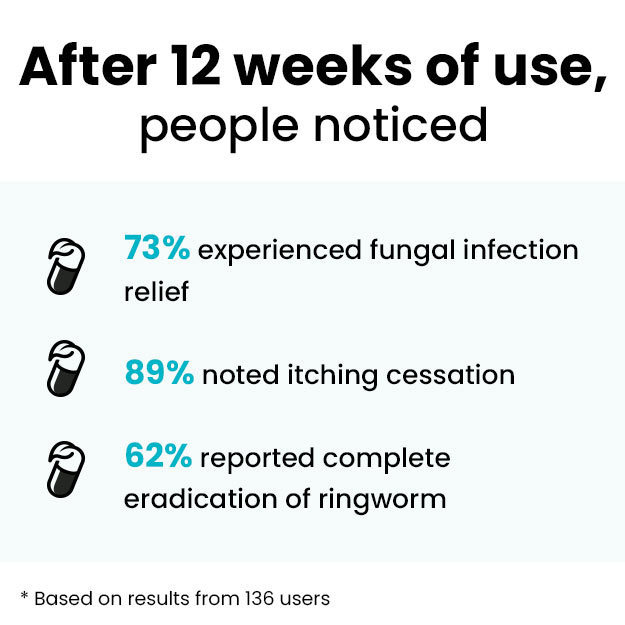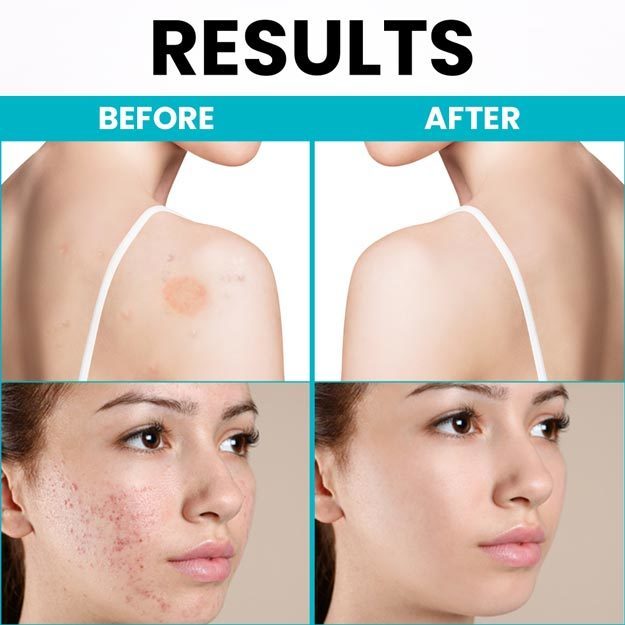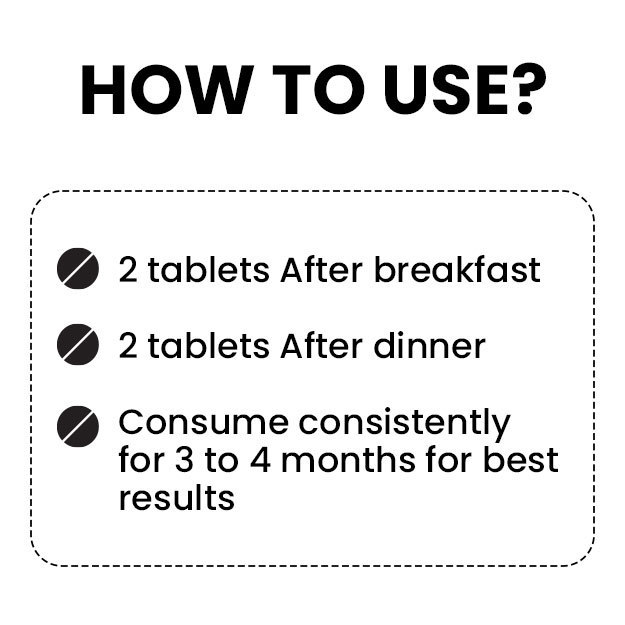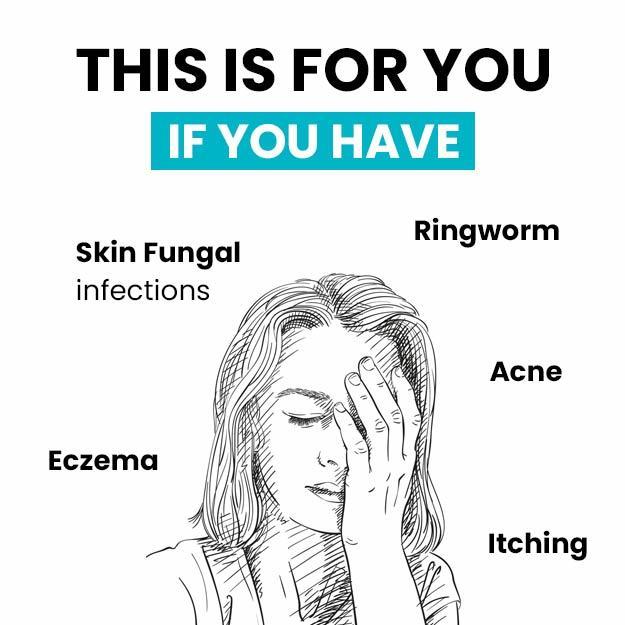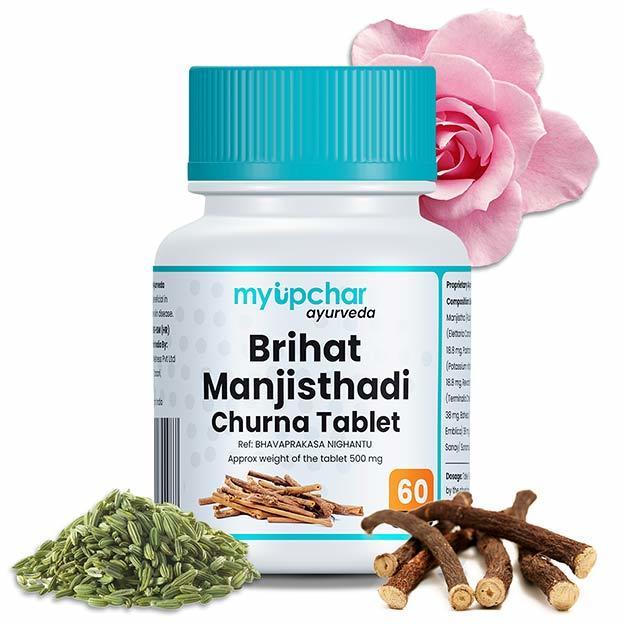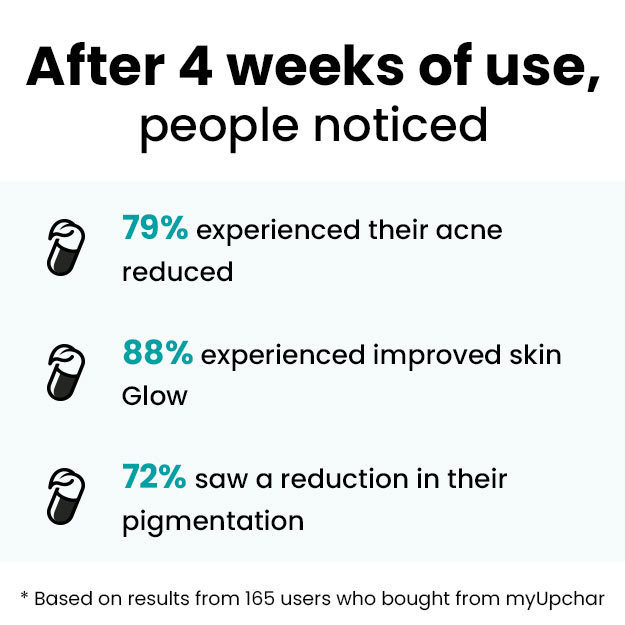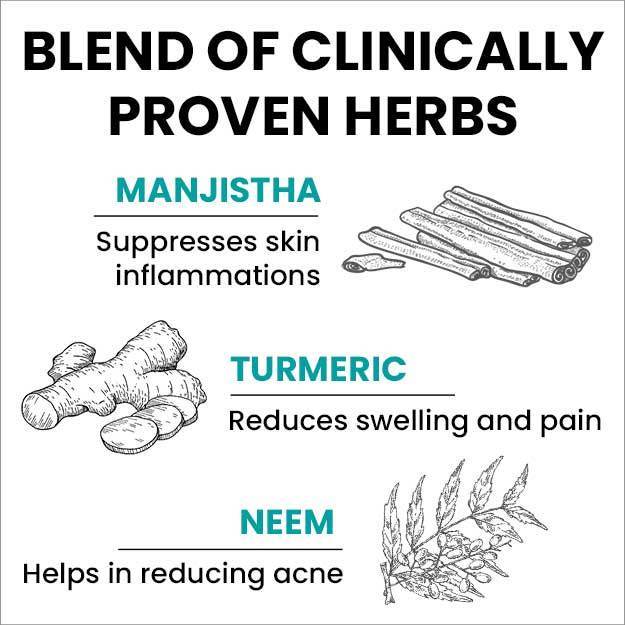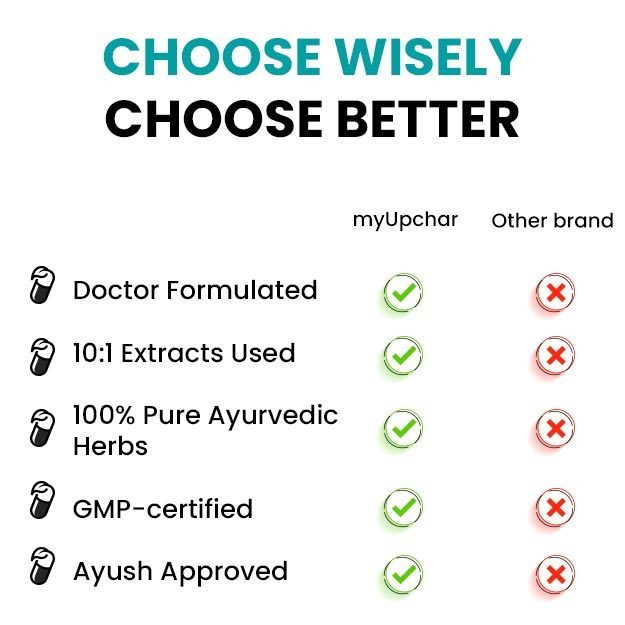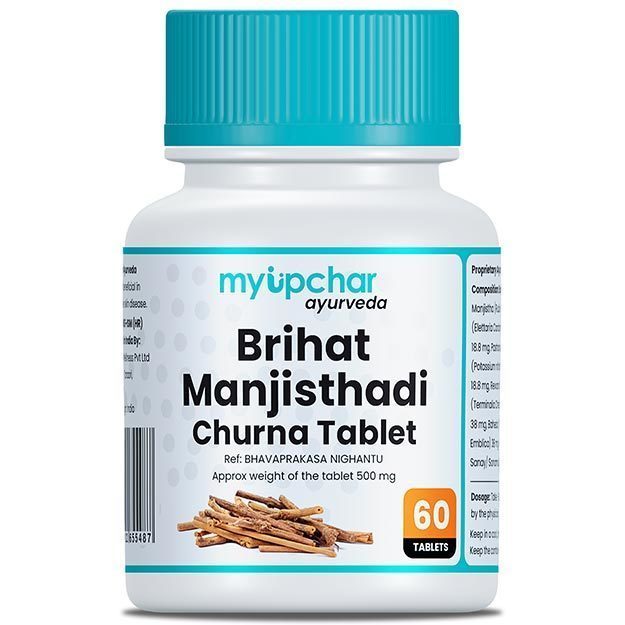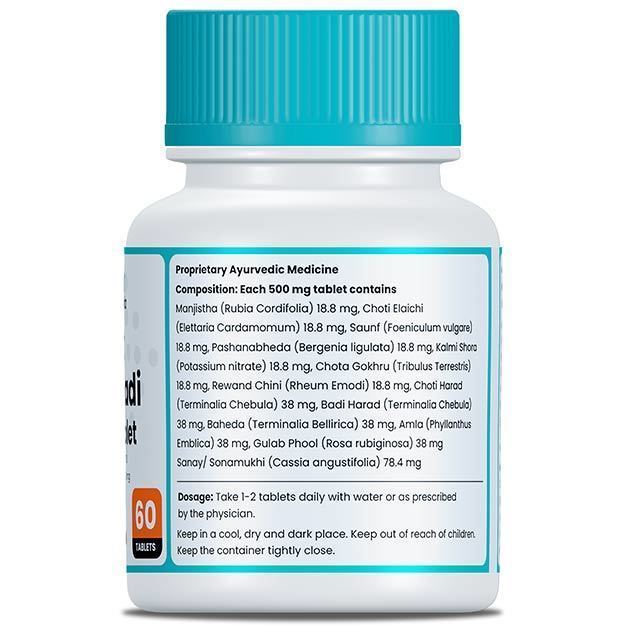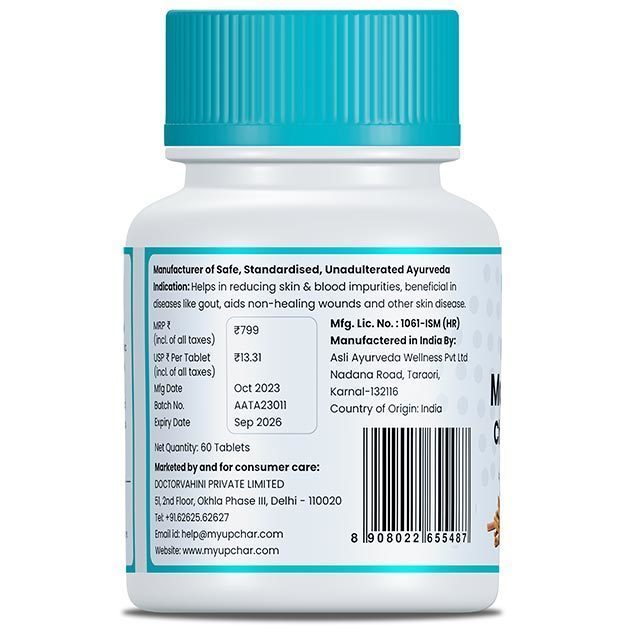Summary
An irritation on the breast skin is referred to as itchy breast. The itching may occur due to the presence of dirt on the skin, and cleaning the skin thoroughly helps get rid of the itch. However, there can be other causes of itchy breast, including fungal infections, bacterial infections, friction with clothing, hormonal changes, and cancer in rare cases. Itching may be accompanied by other symptoms, such as swelling and redness of the skin. After an appropriate diagnosis by clinical examination, treatment options, such as creams, gels, and antihistamines, may be considered to treat the itch. In addition, home remedies often prove to be effective in getting rid of the itch. Outcomes are usually good and complications are rare. Prevention involves wearing comfortable clothing, keeping the skin clean and well hydrated, controlling sweat and infections by maintaining personal hygiene.





